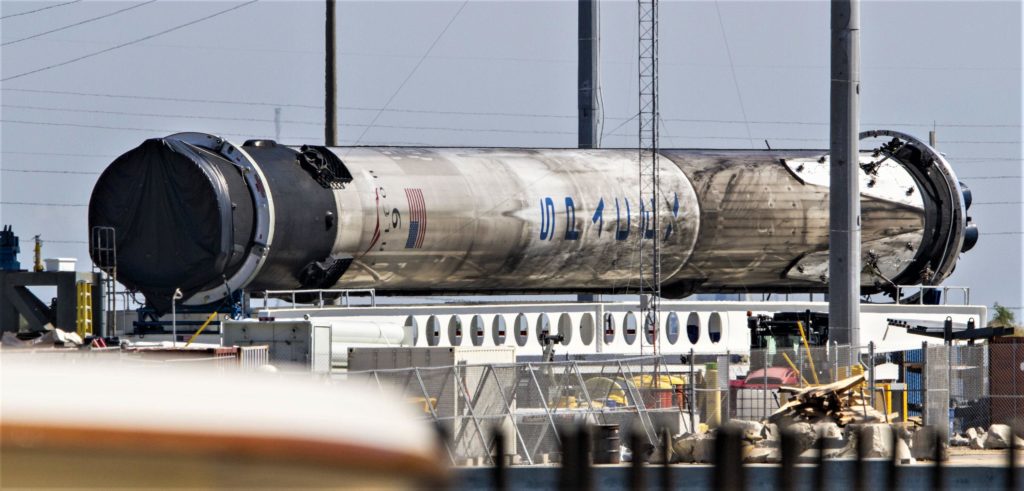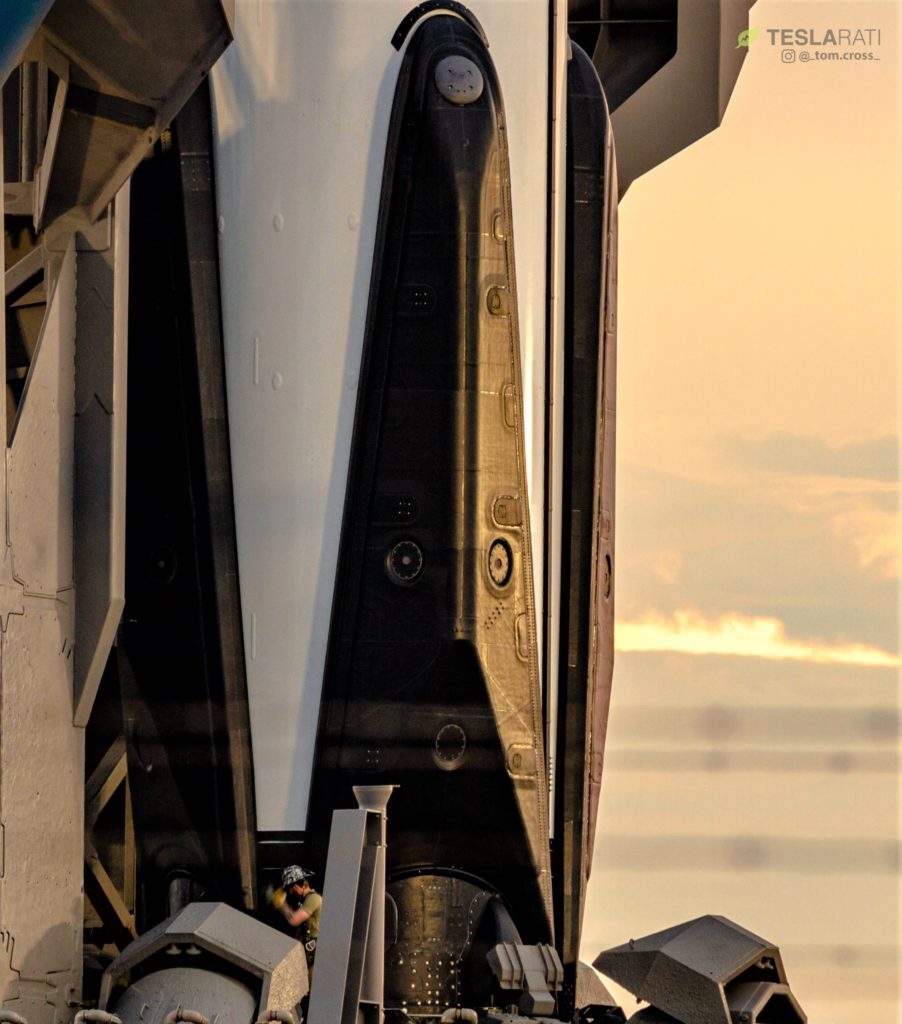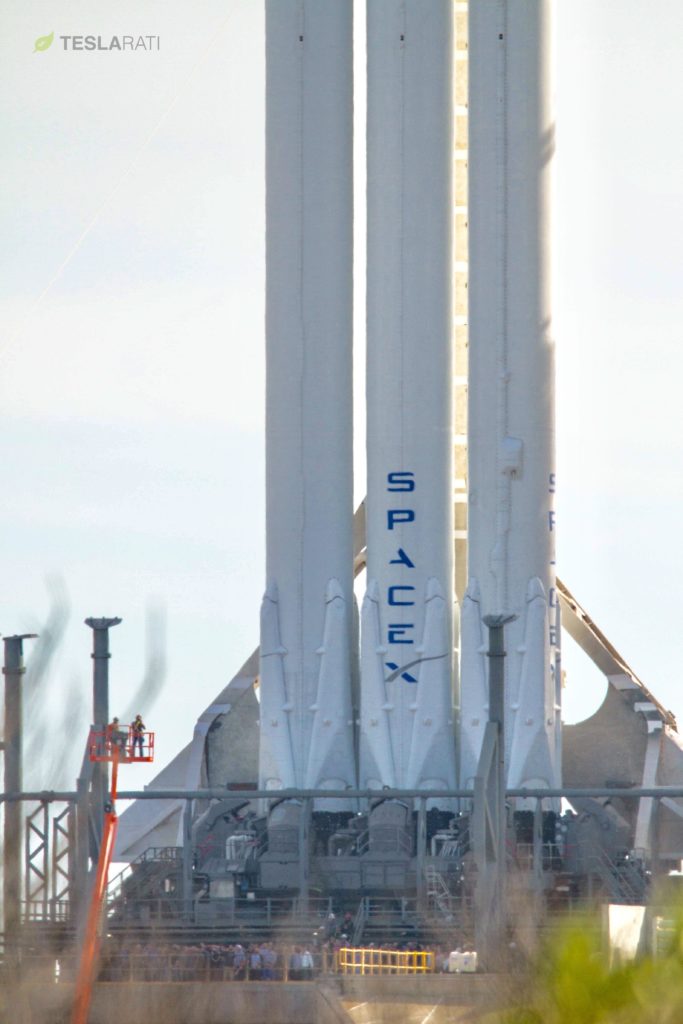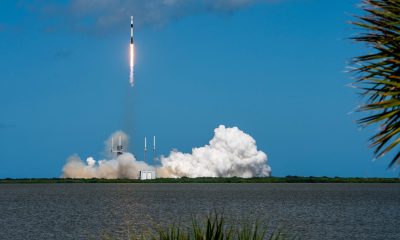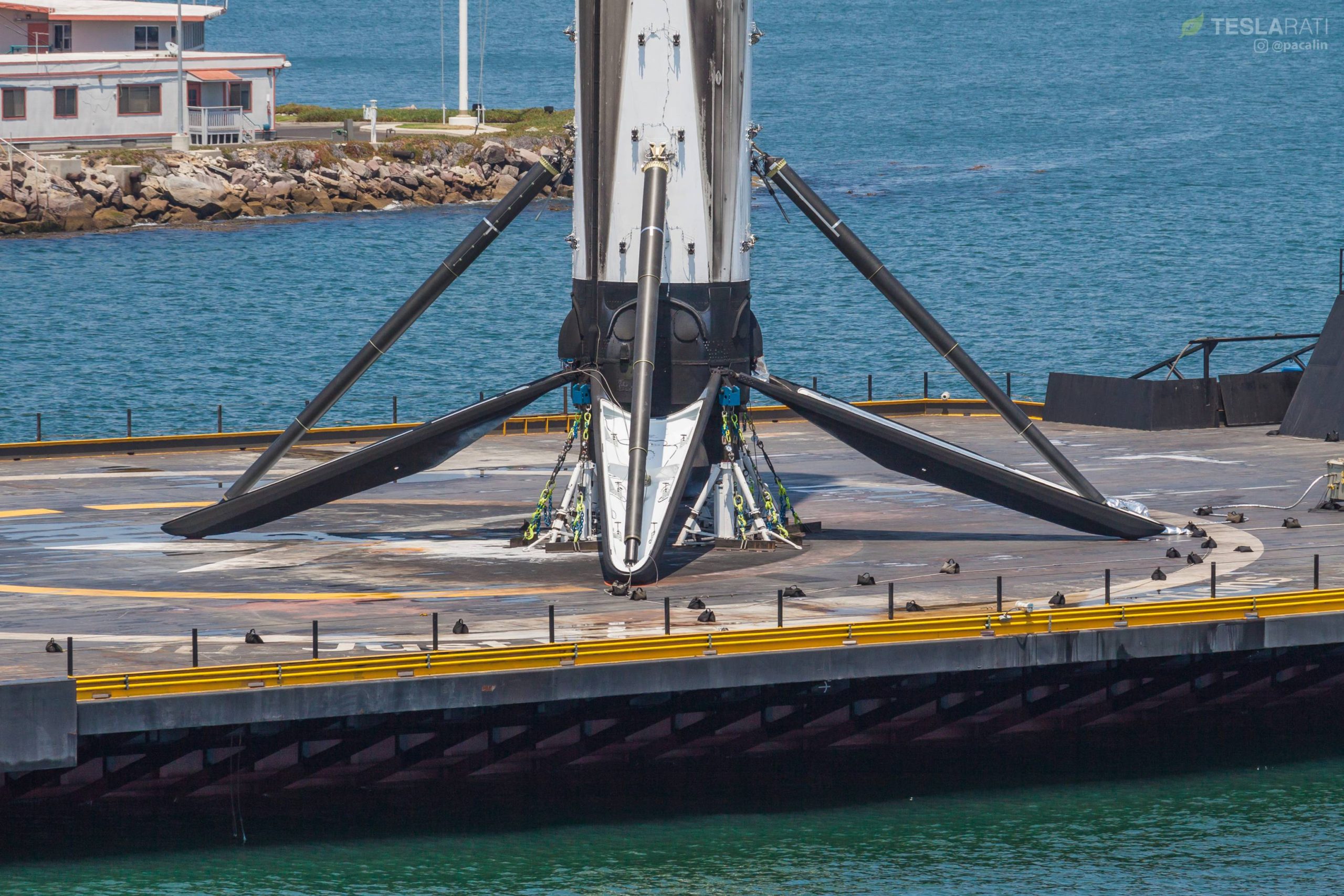
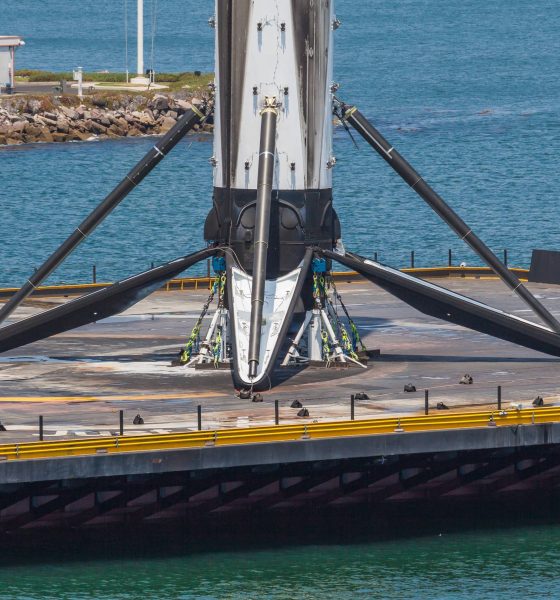
News
SpaceX’s second dedicated USAF mission targets Dec. 2018 for GPS satellite launch
One of a number of 2018 SpaceX missions pushed into this year’s fourth quarter, SpaceX’s second-ever dedicated US Air Force payload is tracking towards a tentative mid-December launch, hopefully kicking off the deployment of the first ten third-generation GPS (Global Positioning System) satellites.
Set to launch the first and second GPS satellites on upgraded Falcon 9 Block 5 rockets, SpaceX and the USAF could potentially decide to fly one or several of the company’s contracted GPS missions on flight-proven boosters.
Air Force reports first GPS III spacecraft — nicknamed “Vespucci” in honor of Italian explorer Amerigo Vespucci — has arrived in Titusville to prepare for December launch on SpaceX Falcon 9. pic.twitter.com/WbJgnyYWgl
— James Dean (@flatoday_jdean) August 22, 2018
Designed and built by Lockheed Martin, each of the first group of a dozen satellites will weigh approximately 3900 kg (8900 lb) and will be placed in a circular orbit 20,000 km (12,500 mi) above Earth’s surface, resulting in one completed orbit every 12 hours. Both as a result of each satellite’s significant mass and orbit requirement and the desire to spread risk over multiple launches, the first eight GPS Block IIIA spacecraft will ride into space on their own dedicated launch vehicles – five aboard Falcon 9, one on a ULA Delta IV, and the rest yet to be determined.
SpaceX’s Falcon 9 was certified to launch national security-sensitive USAF payloads in May 2015 after spending years fighting for the reintroduction of competition into the Department of Defense’s rocket launch procurement apparatus, killed back in the mid-2000s when Lockheed Martin and Boeing merged their space subsidiaries into the United Launch Alliance despite protests from NASA and some in the DoD.
SN Military Space | Air Force wants new GPS in orbit before year’s end • DoD big on OTAs • Space Force by 2020 a long shot – https://t.co/SKTAuJefRy pic.twitter.com/VV0JZi1hFD
— SpaceNews (@SpaceNews_Inc) August 28, 2018
That launch is now aiming for December 15th, 2018, although such a specific date nearly three and a half months out should be treating as purely for planning purposes. Originally planned to launch on a ULA Delta IV rocket, the USAF decided (for unknown reasons) to switch the order of launch, making SpaceX the launch provider for the first and second spacecraft, with ULA following up on the third launch. In March 2018, SpaceX was additionally awarded one more GPS IIIA launch with the option for two more, at a total contract cost of roughly $290 million or ~$97 million apiece. Of the remaining four satellites to be launched after Space Vehicle 06 (SV06) reaches orbit, contracts have yet to be competed, although that process is likely to begin within a year or so.
- It’s currently unclear whether B1046 or B1048 will become the first SpaceX rocket to fly three times. (Tom Cross)
- The second Block 5 booster, B1047, debuted at LC-40 on July 21. (Tom Cross)
- The scale of Falcon Heavy. (Photo: Tom Cross)
Barring any unforeseen developments or anomalies, SpaceX’s December launch of GPS IIIA SV01 ought to kick off a series of Falcon 9 GPS missions every 4-6 months between now and 2021 or 2022. After SV08 is launched sometime in those final years, the US Air Force will open competition slightly further, allowing launch providers SpaceX, ULA, and perhaps even Blue Origin to offer multi-satellite launches on their more powerful rocket offerings, including Falcon Heavy, heavier Atlas 5 variants, and New Glenn.
Beginning in March 2019, largely symbolic but still revolutionary language to be included in 2019’s defense procurement authorization may explicitly require the USAF to explain before Congress – in the event that a launch contract does not allow a reusable rocket to compete – why an expendable launch vehicle was privileged. Currently NET March 2019 as well, SpaceX’s third dedicated USAF launch – STP-2 on Falcon Heavy – is being set up primarily to help the USAF certify SpaceX’s newest heavy-lift rocket for national security launches.
For prompt updates, on-the-ground perspectives, and unique glimpses of SpaceX’s rocket recovery fleet check out our brand new LaunchPad and LandingZone newsletters!
Investor's Corner
Tesla enters new stability phase, firm upgrades and adjusts outlook
Dmitriy Pozdnyakov of Freedom Capital upgraded his outlook on Tesla shares from “Sell” to “Hold” on Wednesday, and increased the price target from $338 to $406.

Tesla is entering a new phase of stability in terms of vehicle deliveries, one firm wrote in a new note during the final week of October, backing its position with an upgrade and price target increase on the stock.
Dmitriy Pozdnyakov of Freedom Capital upgraded his outlook on Tesla shares from “Sell” to “Hold” on Wednesday, and increased the price target from $338 to $406.
While most firms are interested in highlighting Tesla’s future growth, which will be catalyzed mostly by the advent of self-driving vehicles, autonomy, and the company’s all-in mentality on AI and robotics, Pozdnyakov is solely focusing on vehicle deliveries.
The analyst wrote in a note to investors that he believes Tesla’s updated vehicle lineup, which includes its new affordable “Standard” trims of the Model 3 and Model Y, is going to stabilize the company’s delivery volumes and return the company to annual growth.
Tesla launches two new affordable models with ‘Standard’ Model 3, Y offerings
Tesla launched the new affordable Model 3 and Model Y “Standard” trims on October 7, which introduced two stripped-down, less premium versions of the all-electric sedan and crossover.
They are both priced at under $40,000, with the Model 3 at $37,990 and the Model Y at $39,990, and while these prices may not necessarily be what consumers were expecting, they are well under what Kelley Blue Book said was the average new car transaction price for September, which swelled above $50,000.
Despite the rollout of these two new models, it is interesting to hear that a Wall Street firm would think that Tesla is going to return to more stable delivery figures and potentially enter a new growth phase.
Many Wall Street firms have been more focused on AI, Robotics, and Tesla’s self-driving project, which are the more prevalent things that will drive investor growth over the next few years.
Wedbush’s Dan Ives, for example, tends to focus on the company’s prowess in AI and self-driving. However, he did touch on vehicle deliveries in the coming years in a recent note.
Ives said in a note on October 2:
“While EV demand is expected to fall with the EV tax credit expiration, this was a great bounce-back quarter for TSLA to lay the groundwork for deliveries moving forward, but there is still work to do to gain further ground from a delivery perspective.”
Tesla has some things to figure out before it can truly consider guaranteed stability from a delivery standpoint. Initially, the next two quarters will be a crucial way to determine demand without the $7,500 EV tax credit. It will also begin to figure out if its new affordable models are attractive enough at their current price point to win over consumers.
Elon Musk
Tesla preps for a harsh potential reality if Musk comp vote doesn’t go to plan
A successful vote for Tesla would see the compensation package get approved. But there is always the possibility of a rejection, which would likely see Musk leave the company.
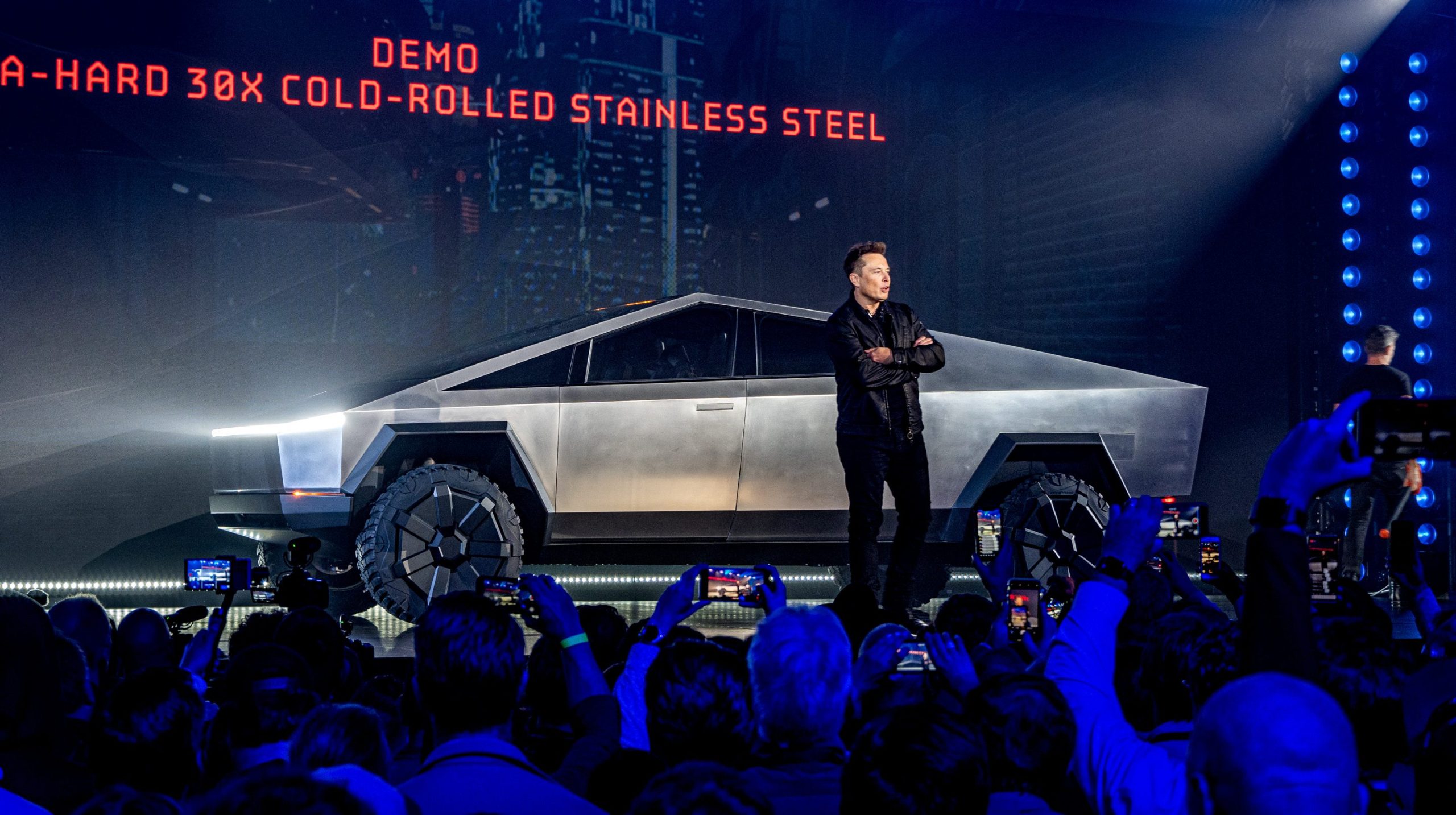
Tesla could be forced to look for a new CEO in the coming months, as a crucial November 6 Shareholder Meeting vote will determine whether Elon Musk will stick around.
A major vote is coming up at the 2025 Tesla Shareholder Meeting, as investors will determine whether Musk should be given a new compensation plan that would award him up to $1 trillion and more than one-fourth of the total voting power within the company.
Tesla board chair reiterates widely unmentioned point of Musk comp plan
A successful vote for Tesla would see the compensation package get approved. But there is always the possibility of a rejection, which would likely see Musk leave the company.
“My fundamental concern with regard to how much voting control I have at Tesla is if I go ahead and build this enormous robot army, can I just be ousted at some point in the future? That’s my biggest concern,” Musk said at last week’s Earnings Call. “That’s what it comes down to in a nutshell. I don’t feel comfortable wielding that robot army if I don’t have at least a strong influence.”
Tesla Board of Directors Head Robyn Denholm has been on somewhat of a PR tour over the past few days, answering questions about the compensation plan, which is among the biggest issues currently for the company.
Denholm told Bloomberg yesterday that Tesla investors need to be prepared for Musk to abandon ship if the package is not approved, which brings on a new question: Who would take over the CEO role?
That is a question Denholm also answered yesterday, bringing forth the conclusion that Tesla would not look for an outside hire if Musk were to leave the company. Instead, it would promote someone internally.
The way it was reported by Bloomberg and Reuters seems to make it seem as if Tesla is preparing for the worst, as it states the company “is looking at internal CEO candidates,” not preparing to do so.
Of the executives at Tesla who immediately come to mind as ideal candidates for a potential takeover should Musk leave, Tesla China President Tom Zhu and Head of AI Ashok Elluswamy both come to mind. Zhu has monumental executive experience already, as he was appointed to the role of Senior VP of Automotive back in December 2022.
He then returned to China in 2024.
It seems Tesla wants to align its future, with or without Musk, on the same path that it is currently on, and internal candidates might have a better idea of what that looks like and truly means.
News
Tesla Full Self Driving (FSD) is nearing approval in a new country
As per the official, Tesla’s Full Self-Driving system could be enabled in Israel in the near future.
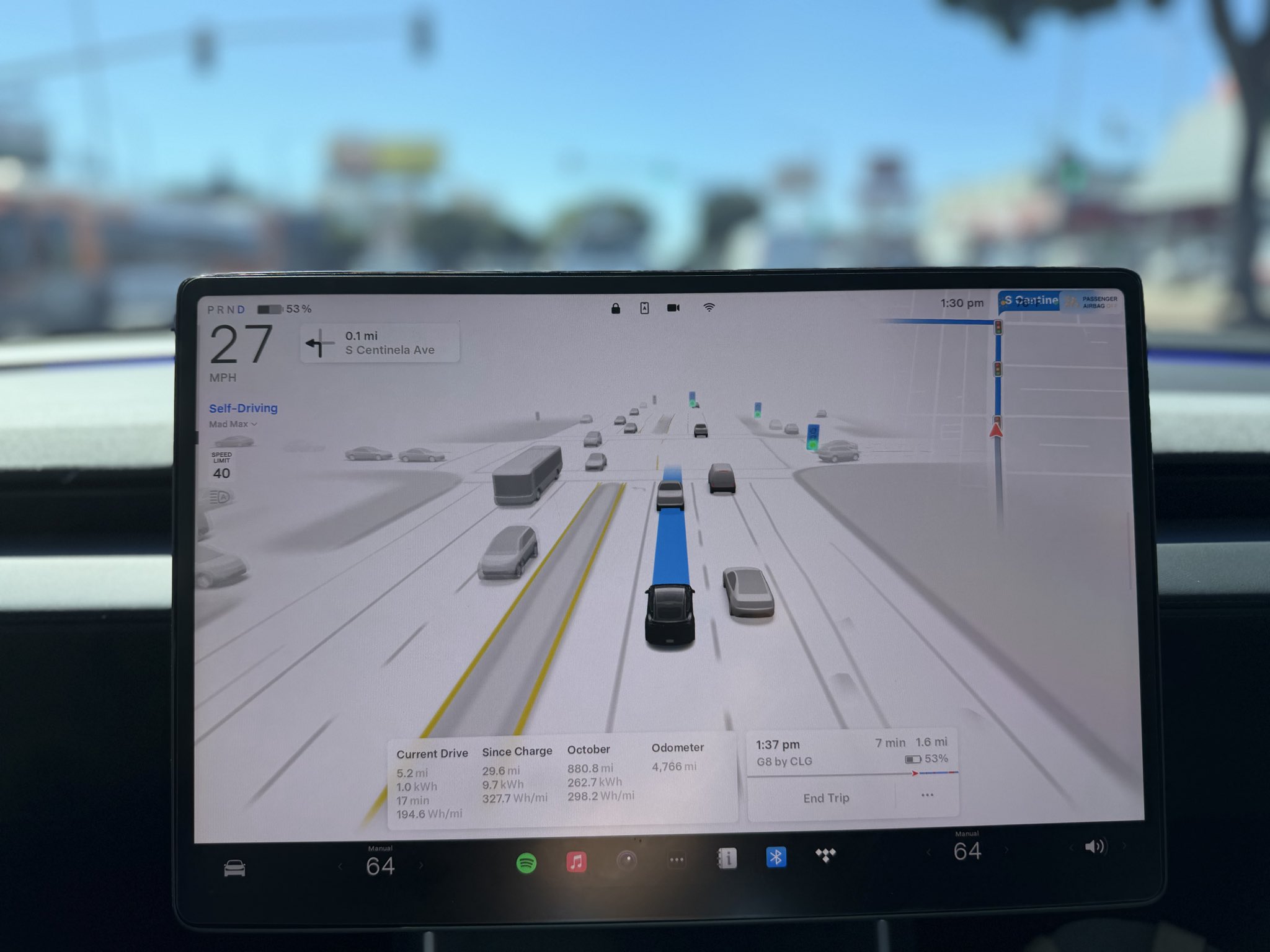
It appears that Tesla FSD (Supervised) is heading to a new country soon, at least based on comments from Israel’s Transport and Road Safety Minister Miri Regev.
As per the official, Tesla’s Full Self-Driving system could be enabled in Israel in the near future.
Israeli drivers are pushing for FSD rollout
While Tesla’s FSD is already operational in markets like the U.S., Canada, and Australia, Israeli owners have long been unable to use the feature due to regulatory barriers. Despite its premium price tag, however, numerous Tesla owners in Israel have noted that the technology’s safety benefits, at least when approved for real-world use in the country, justify its cost.
It was then no surprise that nearly 1,000 Tesla owners in Israel have already petitioned the government to greenlight FSD’s domestic release in Israel. In a post on X, Regev seemed to confirm that FSD is indeed coming to Israel. “I’ve received the many referrals from Tesla drivers in Israel! Tesla drivers? Soon you won’t need to hold the steering wheel,” she wrote in her post.
FSD’s regulatory support in Israel
Regev stated that her Ministry views promoting innovative technologies as essential to improving both road safety and smart mobility. A working group led by Moshe Ben-Zaken, Director General of the Ministry of Transportation has reportedly been tasked to finalize the approval process, coordinating with regulatory and safety agencies to ensure compliance with international standards.
In a comment to Geektime, Israel’s Ministry of Transportation and Road Safety noted that Regev is indeed supporting the release of FSD in the country. “Minister Regev sees great importance in promoting innovative technologies, and in particular in the entry of advanced driving systems (FSD) into the Israeli market, as part of the ministry’s policy to encourage innovation, safety, and smart transportation,” the Ministry stated.
-
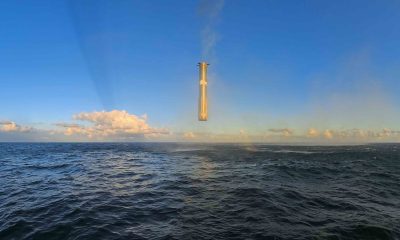
 Elon Musk2 weeks ago
Elon Musk2 weeks agoSpaceX posts Starship booster feat that’s so nutty, it doesn’t even look real
-

 Elon Musk2 weeks ago
Elon Musk2 weeks agoTesla Full Self-Driving gets an offer to be insured for ‘almost free’
-
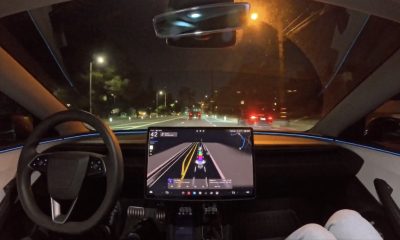
 News2 weeks ago
News2 weeks agoElon Musk confirms Tesla FSD V14.2 will see widespread rollout
-

 News2 weeks ago
News2 weeks agoTesla is adding an interesting feature to its centerscreen in a coming update
-

 News2 weeks ago
News2 weeks agoTesla launches new interior option for Model Y
-
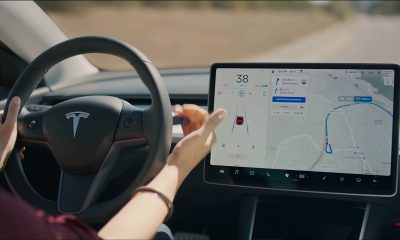
 News2 weeks ago
News2 weeks agoTesla widens rollout of new Full Self-Driving suite to more owners
-
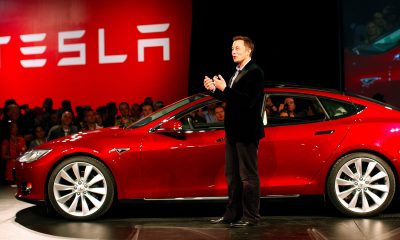
 Elon Musk2 weeks ago
Elon Musk2 weeks agoTesla CEO Elon Musk’s $1 trillion pay package hits first adversity from proxy firm
-

 News1 week ago
News1 week agoTesla might be doing away with a long-included feature with its vehicles

